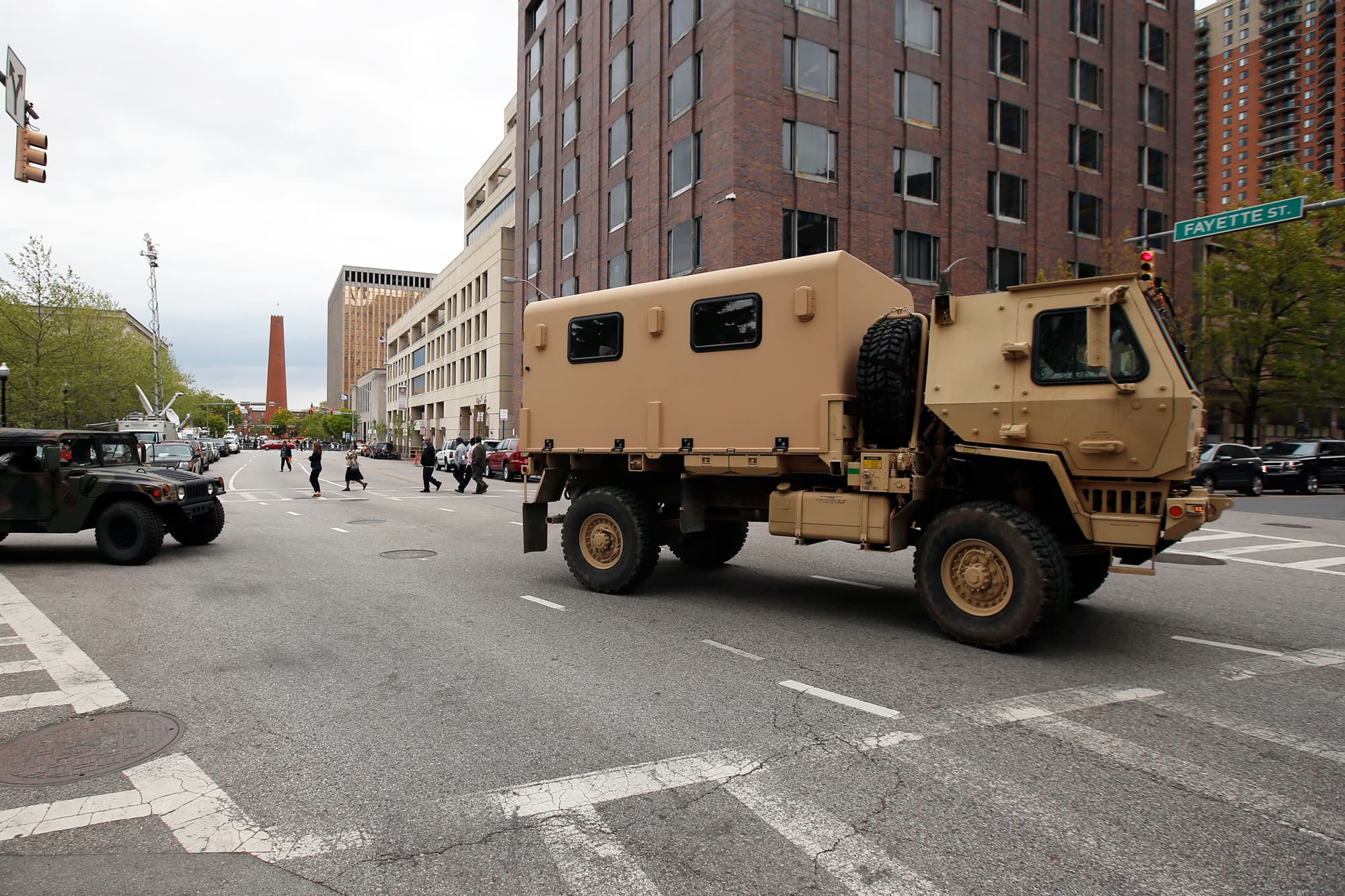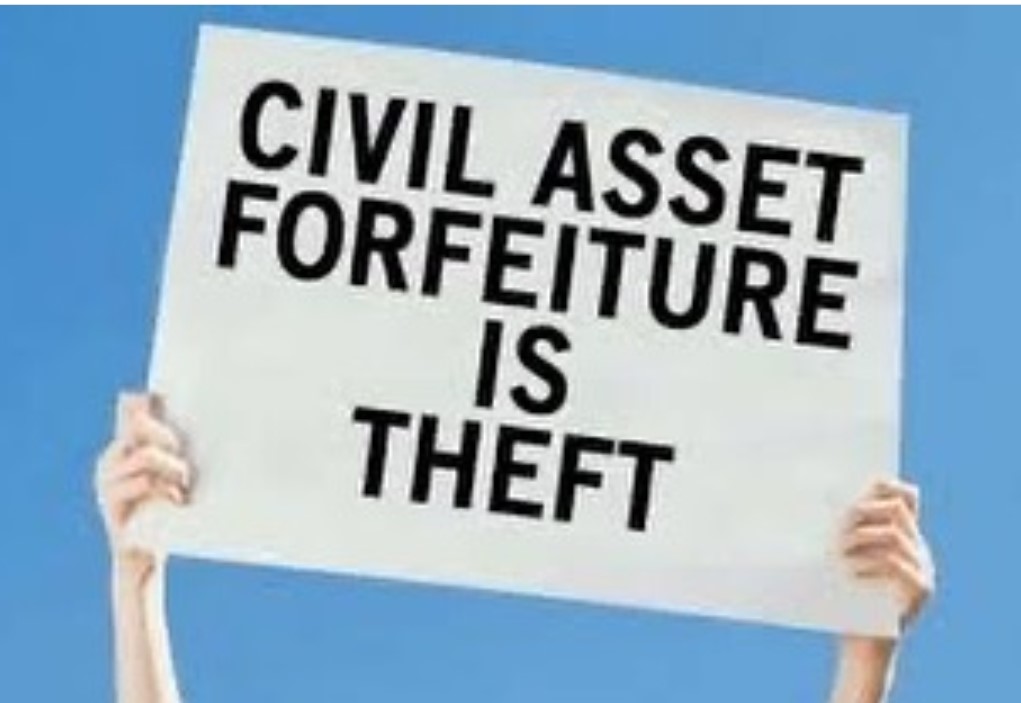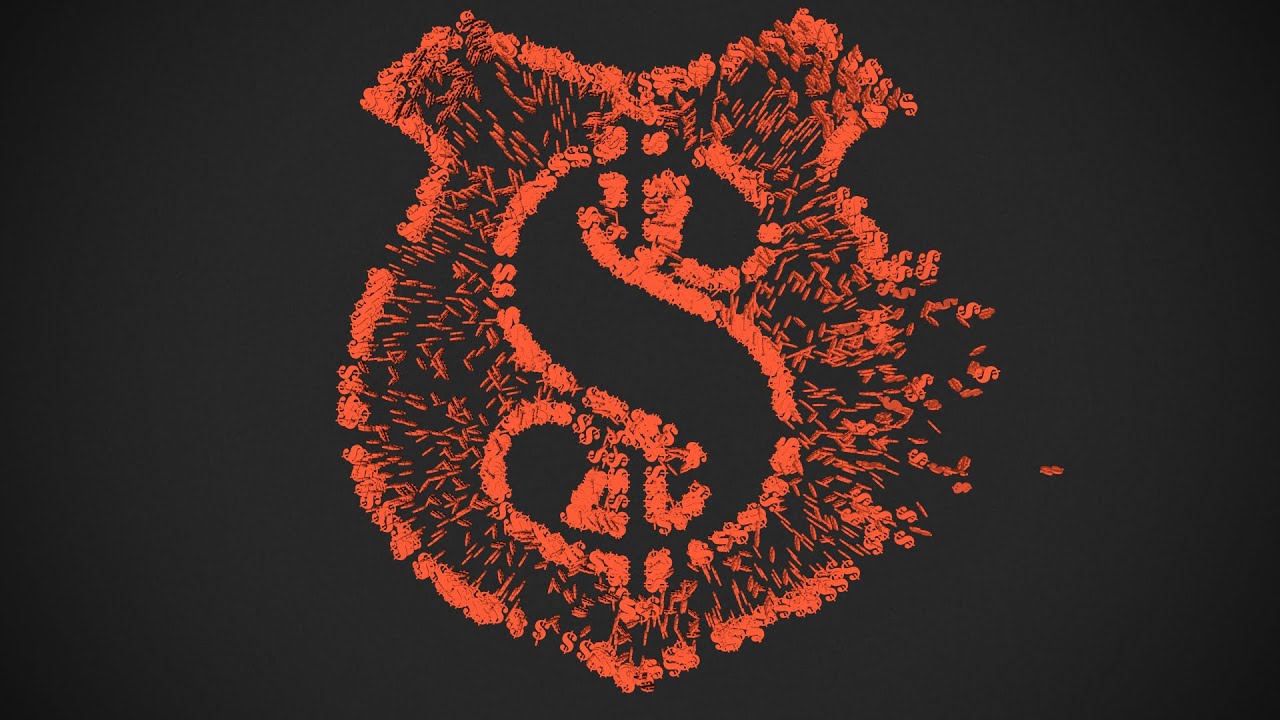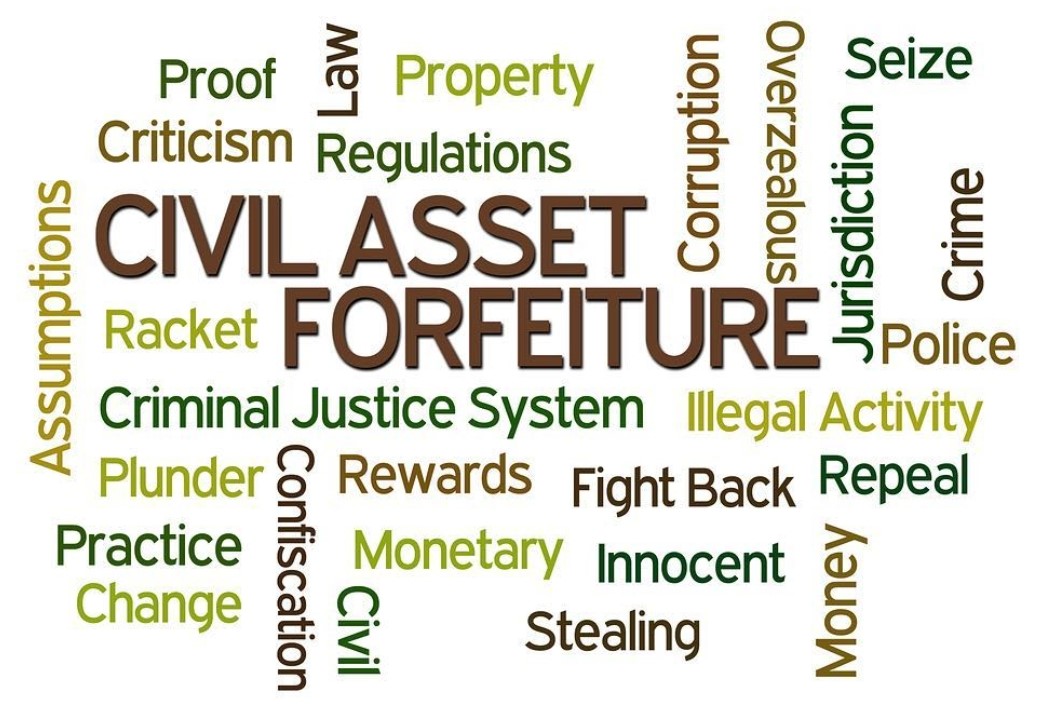How police can take your stuff, sell it, and pay for armored cars with the money
As the public gets more critical of police aggression and abuse in the US, some programs that have flown under the radar for decades are now garnering more scrutiny. One of those is a program that allows police to keep most of the property they seize from people they suspect used it in a crime — even if the people are never charged with anything. This is called civil asset forfeiture, and it’s encouraged by most state governments — and by the federal government as well.
Civil asset forfeiture has been legal for a long time — during Prohibition, it was often used to seize bootleggers’ cars. But, like many other aggressive police tactics, it expanded radically during the 1980s with the rise of the war on drugs. And a 1984 federal law guaranteed that a lot of the money police seized would end up going right back to their agency. Now, this practice has turned into a massive “slush fund” for local cops — one that gets used for everything from buying armored cars and military weapons to $600 coffeemakers and party clowns.
Here’s what you need to know about how property gets seized from citizens, how it ends up as pocket money for local police agencies, and what the federal government’s role in all of this is.
How are police allowed to seize people’s property without charging them with a crime?
old school asset forfeiture
(Cloyd Teter/The Denver Post via Getty)
After someone is convicted of a crime, the government’s allowed to seize property related to that crime (such as a car that was used to commit a robbery, or money earned selling drugs). That’s called criminal forfeiture, and that’s not something most people have a problem with.
But there’s also a principle in the law, going all the way back to English common law, that says that when property is involved in a crime, the government can start legal proceedings against the property itself for “participating” in criminal activity. The property doesn’t get charged with a crime — instead, it’s sued by the government, in a civil lawsuit. (Hence the name “civil asset forfeiture.”)
Federal and state laws give certain protections to people who are charged with crimes in criminal court. But those protections don’t apply to people who are sued, or people whose property is sued. So in civil forfeiture cases, the government usually doesn’t have to work as hard to prove that property was involved in a crime as it would in a criminal case. And that’s assuming that the case goes to court at all.
What kinds of property are police allowed to seize?
seized guns asset forfeiture
Guns, definitely. But the list is much longer than that. (Larry W. Smith/Getty)
Different states (and the federal government) have different laws that lay out what police are allowed to claim for particular crimes. Generally, it’s harder for police to seize things like houses than it is for them to seize cars or cash.
The New Yorker’s Sarah Stillman wrote a comprehensive feature on civil asset forfeiture in 2013, in which she told the stories of several people who’d had their property taken — most of them working-class people of color. Stillman’s article included a couple who’d had cash taken from them while driving to buy a new car in rural Texas, under the premise that they were engaging in “money laundering” and endangering their child; Philadelphia parents whose home had been seized after undercover cops bought $40 in marijuana from their son; and a Washington woman whose car was taken when cops pulled over her son for a traffic violation and found out he was carrying an illegal handgun.
If the owner wasn’t doing anything illegal, how can she get her property back?
police impound lot
Your car can be kept here while you fight the seizure — as long as you’ve paid a fee to keep police from auctioning it off. (Karl Gehring/The Denver Post/Getty)
Until the mid-1990s, it didn’t matter if the person who owned the property was involved in illegal activity or even knew about it. As long as the property was actually being used to do something illegal, it could be taken. Since then, states and the federal government have allowed owners to defend themselves in court by claiming they were innocent, even when the property was used in a crime.
But it’s difficult just to get a court hearing to get property back. Many local police use the threat of criminal charges to coerce people into signing a waiver that says they won’t fight to get their property back. (In one of the cases that Stillman covered in the New Yorker article, a couple was told that if they didn’t sign the waiver, their child could be taken from them and put in foster care.)
YOU MIGHT HAVE TO PAY TO KEEP THE GOVERNMENT FROM IMMEDIATELY AUCTIONING OFF YOUR PROPERTY
People who refuse to sign the waiver don’t necessarily have it much better. It can take over a year for an asset forfeiture case to get resolved. In the meantime, they often have to pay a fee to keep the government from simply auctioning off the property — not to mention the legal fees to get a lawyer to fight the case.
Once they get to court, the deck is still stacked against property owners. Instead of being innocent until proven guilty, like they would be in a criminal case, defendants in an asset-forfeiture case are essentially guilty until proven innocent in many states. Forty-one states, as well as the federal government, say that the government gets to keep the seized property for good if there’s more evidence saying that the property was used in a crime than that it wasn’t. (Fourteen of those states actually have an even lower legal standard.)
Who gets the money after it’s been seized?
States and the federal government have different processes for what happens to property that’s been seized.
Many states guarantee that any money seized by police, or any profits from auctioning off forfeited goods, goes right back to the law enforcement agency. A few states say that police don’t get to use any of the property they take — instead, that money goes toward something like state schools. The rest split the difference:
State asset forfeiture laws
But police in states that don’t send the money directly back to their departments have another option — taking it to the federal government, which encourages state and local police to share the wealth under a policy called equitable sharing. When local or state cops have worked with the feds on an investigation, or when there are “public safety concerns” (including firearms or explosives), police can turn the property over to the federal government, which then gives 80 percent of the money right back to the local police. (20 percent stays with the feds.)
In 2010, the Institute for Justice, a libertarian think tank, analyzed which states were most likely to turn forfeited assets over to the federal government. They found that in states that didn’t turn all the money from asset forfeiture over to cops, cops were more likely to use the federal government loophole instead — guaranteeing they could keep 80 percent of the profits. Similarly, when state law forced the government to meet a higher legal standard in court for keeping property permanently, police were more likely to turn property over to the federal government instead — to take advantage of looser rules.
In January 2015, Attorney General Eric Holder put some limitations on the equitable sharing program — cops could no longer simply turn over assets to the federal government that the feds hadn’t helped investigate. But according to the DOJ’s data, this only accounted for 13 percent of all asset forfeiture.
And while the federal government paused equitable sharing entirely over a few months in early 2016 — sparking hopes that the Obama administration would close the loophole — it started sharing asset funds with local police again in late March of 2016.
What do local cops do with the money?
BearCat armored vehicle
For example. (Sidewis via Wikimedia Commons)
The equitable-sharing program puts some limitations on how police could spend the money they got back from the feds. But there aren’t too many other restrictions on using forfeited-asset money.
44 PERCENT OF MONEY POLICE GOT BACK FROM THE FEDS WENT TO “OTHER”
In an investigation of civil asset forfeiture, the Washington Post analyzed several years of reports from state and local law enforcement to determine what they’d done with the money the federal government had returned to them. They found that the most common use of asset funds was for “communications and computers,” with “building and improvements” coming in second. But even “communications and computers” was dwarfed by the amount of money that police marked as “other” — 44 percent of the money that police got back from the federal government went to “other.”
The Post investigation noticed some particularly frivolous spending, like a $600 coffeemaker or $225 for the face-painting services of Sparkles the Clown. But at least the money spent on Sparkles went to community outreach, which is generally cops’ lowest priority when it comes to asset money. Less than 1 percent of all federally returned money went to community outreach — five times less money than any other category.
How much money are we talking about here?
stacks of seized money
Nope, more than this. Way more. (New York Daily News Archive via Getty)
States and the federal government are seizing well over a billion dollars a year. Unfortunately, states aren’t transparent about their own funds — so we know much more about the property being shared with the federal government, under the now-defunct equitable sharing program.
The amount of property being turned over to the federal government rose substantially since 9/11 and the end of the sharing arrangement in 2015. In 2000, states got $200 million back from the federal government under sharing agreements; in 2008, that had doubled to $400 million. And the Department of Justice’s total asset fund — including property that had been turned over from local police and property seized by federal agents — totaled $1 billion in 2008.
The Washington Post found that since 2008, about $2.5 billion flowed through the Department of Justice back to state and local police. Of that $2.5 billion, 81 percent came from cases where no charges were ever filed.
How does this affect the way police work?
compstat
Some types of crimes count, but they don’t pay. (Todd Maisel/New York Daily News/Getty)
Asset forfeiture policies mean there are two kinds of crimes: crimes that a police department can make money off of busting, and crimes that it can’t. The first category involves drugs, prostitution, fraud, and organized crime — crimes where there’s likely to be cash or lots of property that was bought with ill-gotten gains. The second category — the kinds of crimes that (for cops) don’t pay — include murder and other violent crime.
THERE ARE TWO KINDS OF CRIMES: THOSE POLICE CAN MAKE MONEY OFF BUSTING, AND THOSE THEY CAN’T
Of course, there are lots of factors determining what sorts of crimes a police agency prioritizes — and there are plenty of reasons for the agency to make sure its murder rate goes down, for example. But when it comes to drug crime, in particular, the public’s desire to aggressively go after drug dealers meshes neatly with the profits police stand to make.
Asset forfeiture doesn’t just shape what crimes police go after, though. It shapes how they go after those crimes. As the Post’s investigation has found, one of the areas where asset forfeiture has grown the most since 9/11 is from people getting pulled over on highways. But the police officers making those busts are deliberately timing them to make the biggest profit off what’s in the car.
Police know that a smuggling car headed into a major metropolitan area is likely to be smuggling drugs; a car headed on the way out of the metropolitan area, on the other hand, is likely to be carrying the cash.
So even though it’s much easier to prove that someone’s involved in drug dealing if he has drugs in the car than if he has money, police have a financial incentive to let the car get into the city to deal the drugs, then catch it with the money on the way out.




![bank-banking-banknotes-blur-thumbnail[1]](https://rucci.law/wp-content/uploads/2023/12/bank-banking-banknotes-blur-thumbnail1.jpg)





